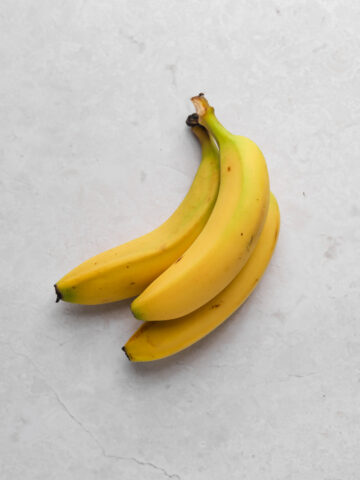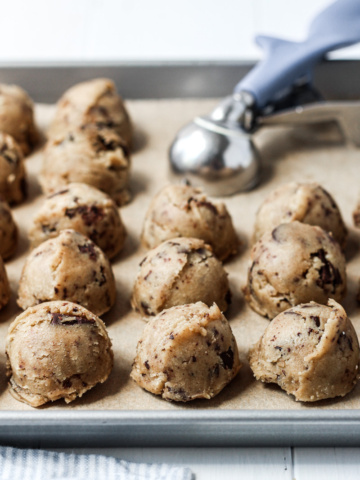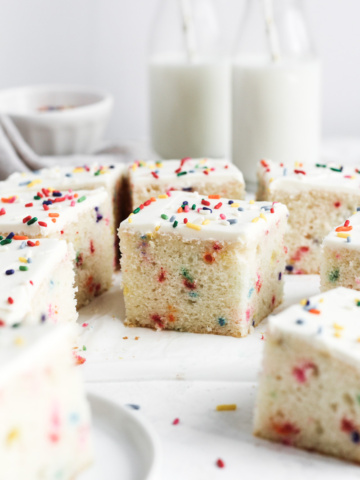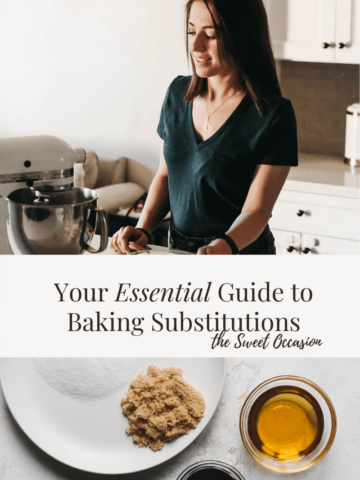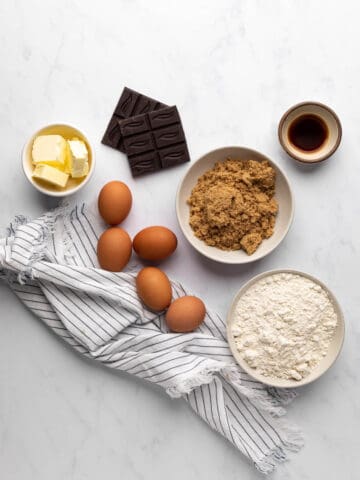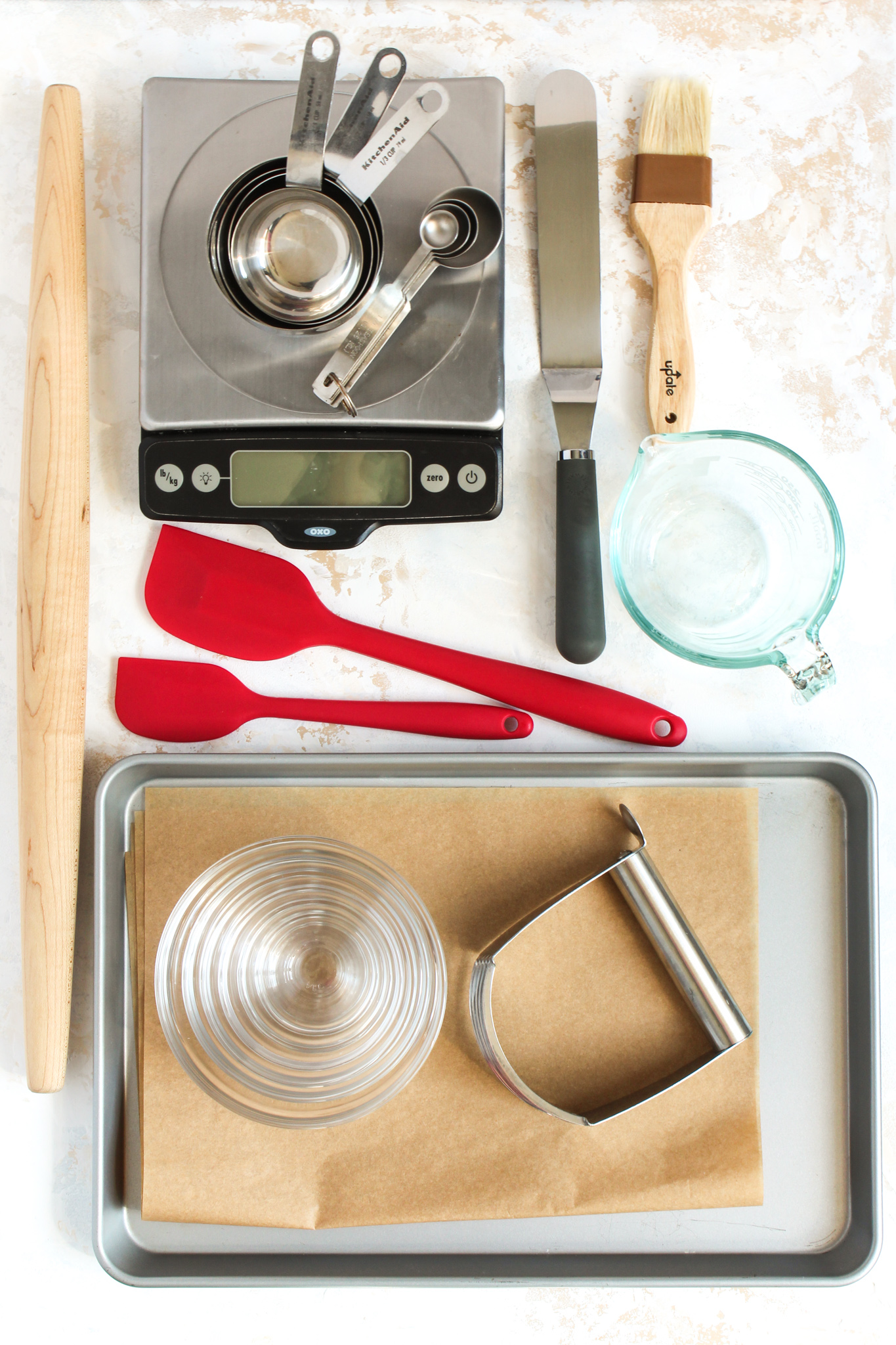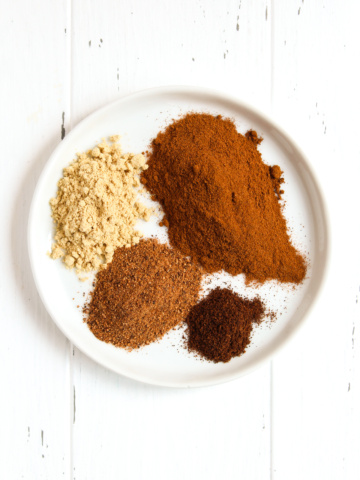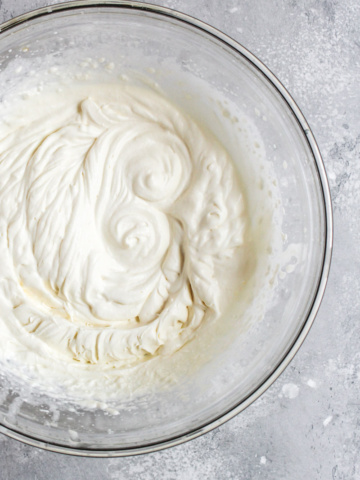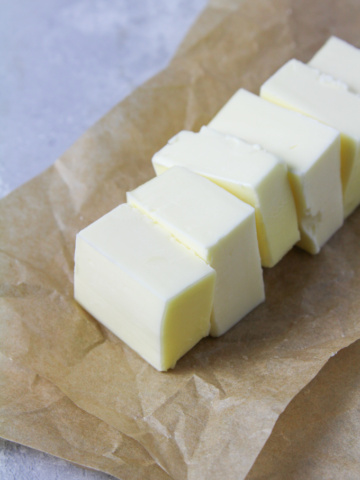Guides
Baking is a science and art. But above all, baking is fun. These guides provide baking tips and techniques for bakers like you to create in your kitchens successfully.
You can read about the 10 Baking Ingredients You Should Stock in Your Kitchen and Essential Baking Tools. And for easy prep and storing, you'll find tips on Freezing Cookie Dough and Storing Cake (because nobody likes dry cake!).
-
Two Easy Ways to Quickly Ripen Bananas for Baking
-
How to Freeze Cookie Dough
-
The Best Way to Store Cake
-
Your Essential Guide to Baking Substitutions
-
Baking with kids: the tips to making it a success
-
The Essential Baking Ingredients You Should Stock
-
15 Essential Kitchen Tools for the Baker
-
Baking 101: Homemade Pumpkin Pie Spice
-
Baking 101: How to make Homemade Whipped Cream
-
Baking 101: How to make Homemade Marshmallows
-
Baking 101: Baking with Butter

